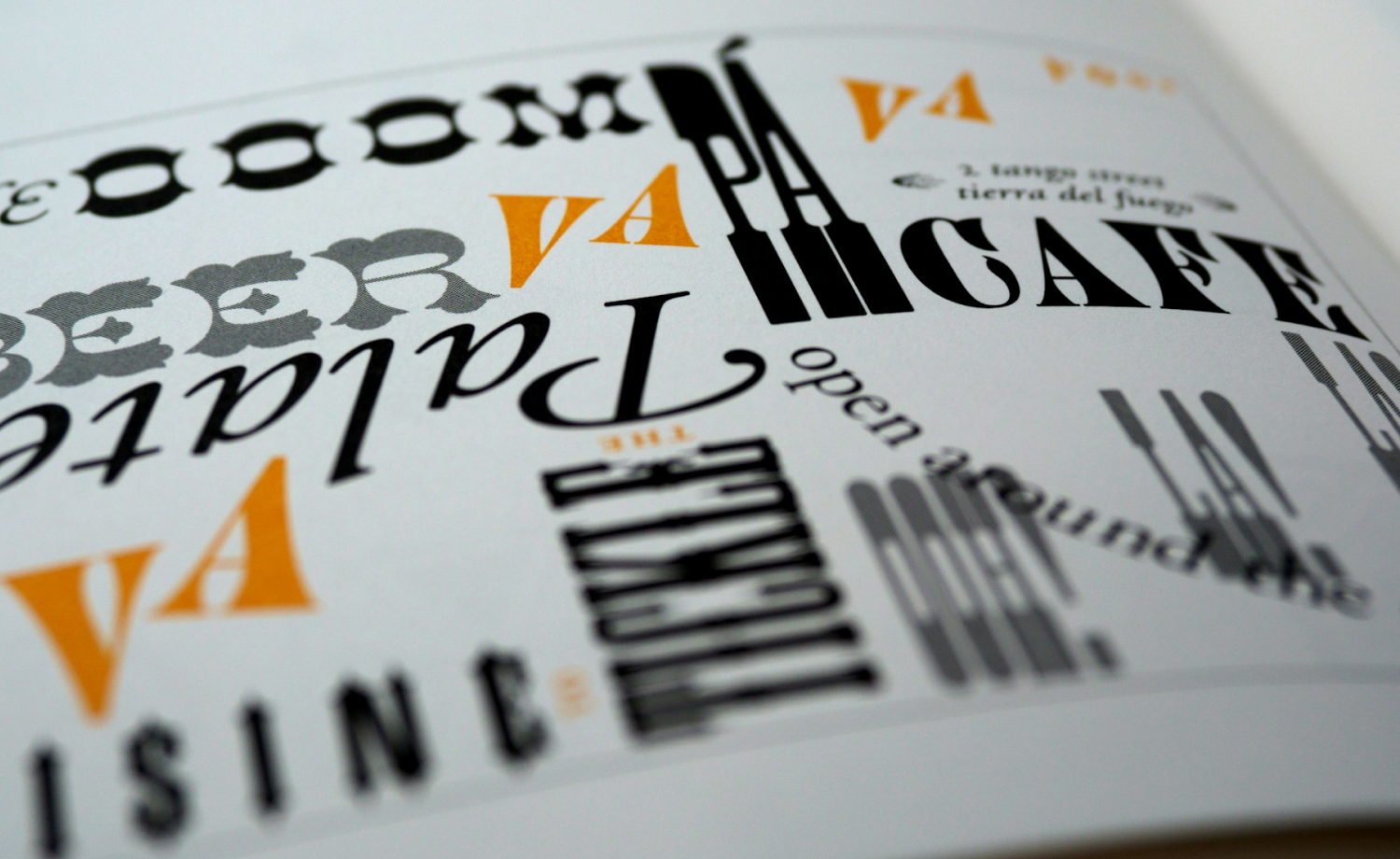Typography, the art and technique of arranging type, is a cornerstone of design. Beyond just conveying written messages, typography has the power to evoke emotions, establish hierarchy, and shape the overall visual identity of a design. In this article, we’ll explore the transformative potential of typography and how the strategic use of fonts can elevate your design to new heights.
1. Understanding Typography:
Typography encompasses more than just choosing a font; it involves the thoughtful selection, arrangement, and presentation of type to communicate effectively with the audience. Different fonts carry distinct personalities, evoke specific moods, and convey different messages. Serif fonts exude tradition and authority, while sans-serif fonts convey modernity and simplicity. Script fonts evoke elegance and sophistication, while display fonts command attention and make a bold statement.
2. Establishing Visual Hierarchy:
One of the primary functions of typography is to establish visual hierarchy within a design. By varying the size, weight, color, and style of fonts, designers can guide the viewer’s eye and prioritize information. Headlines and titles are often set in larger, bolder fonts to grab attention, while body text is typically set in smaller, more legible fonts for readability. By employing typographic hierarchy effectively, designers can ensure that the most important information stands out and that the content is easy to navigate.
3. Evoking Emotion and Personality:
Fonts have the remarkable ability to evoke emotions and convey personality. The choice of font can imbue a design with warmth, friendliness, professionalism, or playfulness. For example, a whimsical handwritten font may be appropriate for a children’s book, while a sleek, minimalist font may be more suitable for a high-end fashion brand. By selecting fonts that align with the desired tone and personality of a design, designers can create a cohesive and impactful visual identity.
4. Enhancing Readability and Accessibility:
In addition to aesthetics, typography plays a crucial role in ensuring readability and accessibility. Fonts that are too small, too thin, or poorly spaced can strain the reader’s eyes and make the text difficult to decipher. Designers must consider factors such as font size, line spacing, and contrast to optimize readability for all users, including those with visual impairments. Additionally, choosing web-safe fonts and providing fallback options ensures that the text remains legible across different devices and platforms.
5. Creating Consistency and Branding:
Typography plays a key role in establishing and maintaining brand identity. By defining a set of brand fonts and using them consistently across all communication channels, companies can reinforce their brand image and enhance brand recognition. Consistent typography helps create a cohesive brand experience and fosters trust and familiarity among customers. Additionally, customizing fonts or creating bespoke typefaces can further differentiate a brand and make it stand out in a crowded marketplace.




